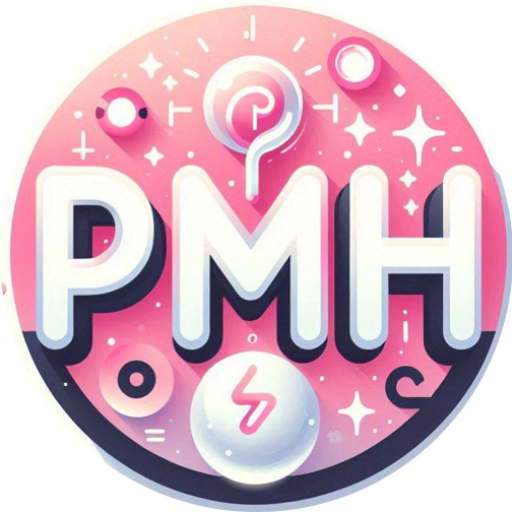
Navigating the Power Platform ecosystem? Understanding the different environment types is crucial for effective solution management and deployment. Let’s break them down:
Default Environment ✅
- Automatically created for each tenant.
- Best for personal productivity and trial apps.
- Not ideal for complex solutions due to limited control and governance.
Production Environment ✅
- Designed for business-critical applications.
- Offers robust security, scalability, and performance.
- Requires appropriate licensing.
Sandbox Environment ✅
- Ideal for development and testing.
- Supports safe experimentation without affecting live data.
- Can be reset or copied from production environments.
Trial Environment ✅
- Temporary environments for evaluating capabilities.
- Expire after 30 days but can be converted to production.
Developer Environment ✅
- Provided to individual users with a Community Plan.
- Perfect for building and testing apps in a personal space.
- Limited to a single user.
Choosing the right environment type helps maintain a structured, efficient, and secure Power Platform strategy. 🚀
Have you used these environments in your projects? Share your experiences below! 👇
#PowerPlatform #PowerApps #PowerAutomate #PowerBI #PowerVirtualAgent #Dataverse #Microsoft #CloudComputing #BusinessApplications #AppDevelopment #DigitalTransformation #Automation #LowCode #NoCode #TechCommunity #SoftwareDevelopment #IT #Technology #Developers #BusinessIntelligence #DataManagement #Innovation #TechTrends #AI #MachineLearning #CyberSecurity #EnterpriseSolutions #Tec

